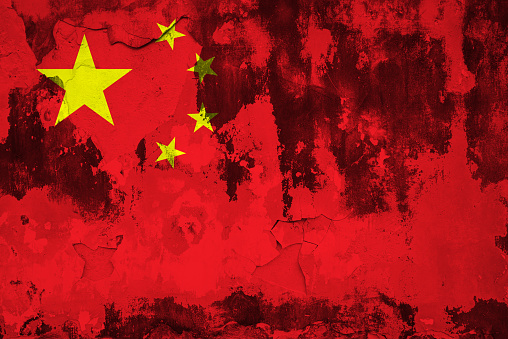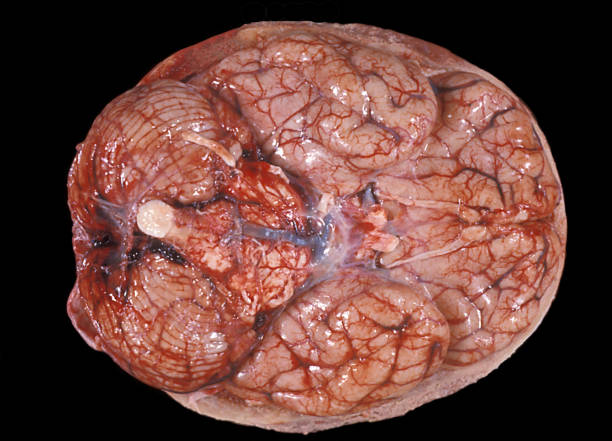Is China’s Economy Collapsing?
So, is China’s economy collapsing? Western experts say yes, and it’s because the Chinese leaders have failed to liberalise their economy and open it to private capital. China needs more capitalism and the private sector. But will China do that? The answer may be more complicated than you think.
China’s economy is collapsing
Many analysts and commentators have been wondering whether China’s economy is collapsuring. A recent article in the Business Insider described China’s economy as “teetering on the edge of disaster.” In fact, the author argues that if China’s economy crashes, the entire world will follow suit.
There are several reasons why the Chinese economy may be in danger of collapsing. Corruption, high wages, and a lack of demand for Chinese products are all contributing to the slowdown. Additionally, many factories are shuttering or reducing production because of energy restrictions. Another indication that China’s economy is in trouble is the rapid cooling of the property market. While the Chinese government has cracked down on property speculation and limited excess loans to property companies, investment and sales are continuing to fall.
The worst affected sectors of the Chinese economy include the iron and steel industry, which has seen its profits plunge by 80% in the first seven months of this year compared to the same period last year. In response, Beijing has stepped in to prop up farmers and energy companies. Meanwhile, the country’s tech giants, Alibaba and Tencent, have been subject to a two-year regulatory crackdown. In the most recent quarter, both companies reported their first declines in income and revenue.
Despite the rapid rise in the Chinese economy, the Chinese government has failed to prevent a property bubble from bursting. The result is a massive wealth gap that rivals the United States. As a result, a significant fall in property values is likely to cause widespread discontent among the middle class.
China’s real estate market is bludgeoned
The recent crash in China’s real estate market has been a massive setback for the country’s real estate sector. The slump has been fueled in part by a debt crisis involving large property developers. As a result, many projects have been put on hold and construction has stopped altogether. At the same time, homebuyers have been threatened with default on their mortgage payments on incomplete housing projects. Consequently, the government has threatened to unleash bailout funding worth $148 billion in a bid to prop up the sector.
The crisis has also impacted countries that export to China. As a result, the U.S. trade deficit with China has been a hot topic in the press. Other countries that depend on trade with China include Germany, Hong Kong, Korea, and Japan. These nations, as well as the eurozone, have their own economic problems. If China’s real estate market collapses, it will have implications for their financial systems.
The rapid growth of the real estate sector in China was fueled by developers taking on debt. This caused prices to skyrocket and pushed families into debt to purchase homes. Eventually, Beijing started cracking down on developers who took on too much debt. However, developers like Evergrande were slow to comply with the crackdown and eventually warned investors of default in August 2021. Meanwhile, the stock market in China has plummeted as a result of a lack of confidence in the real estate industry.
The government is also taking steps to help the housing market recover. Incentives have been rolled out by local governments to entice buyers. They include lower down payments, tax rebates, and cash rewards for brokers. In Zhangshu city, for example, the equivalent of $150 is being given to brokers for every purchase made by first-time homebuyers.
China’s falling working-age population
China’s working-age population has been decreasing since 2012. It is projected that by 2050, the number of people in the workforce will be down by 22 percent. That means that fewer workers will be needed to run the country’s factories. That’s an enormous challenge for a country that has seen explosive growth in the past. Currently, China’s working-age population is about 986.5 million, according to the U.N., but that figure is expected to decrease to 767 million by 2050. The dwindling workforce will constrain labor supply and drive up wages.
The rapid decline in the birth rate has contributed to China’s population problem. The country’s birth rate is now at its lowest level since 1960. Other factors, such as higher education and career opportunities, have also contributed to the decrease. In addition, the country’s women are now more likely to delay pregnancy into their late twenties and early thirties. As a result, the window for having children has narrowed. China’s population is already expected to decrease by another 35 million people by 2100.
In 2010, China’s total population increased by 0.34 people per 1,000 people. That’s less than half of what was predicted in 2006. At that point, the fertility rate was estimated to be 1.8. This is not good news for the country. China’s working-age population will likely peak in 2032, putting it on track for the worst population decline in history.
While the rapid decline in China’s population is a common phenomenon in many countries, China’s experience is unusual. During the 1980s, China implemented a one-child policy. This resulted in millions of one-child families, and an enormous gender imbalance. Women often had sex-selective abortions, and families opted to kill or abandon their female babies. As a result, there were fewer would-be mothers in China than there would have been if the one-child policy had not existed.
China’s zero-Covid policy
The zero-Covid policy imposed by Beijing has led to a never-ending series of lockdowns and movement restrictions in Chinese cities. The restrictions have crippled the economy and created widespread frustration among the Chinese people. However, Chinese stocks are rising on news that the quarantine is being eased in Guangdong province. Residents still have to isolate themselves at home, though.
The deteriorating situation is further complicated by the fact that China’s middle class is experiencing a dramatic decline in income. In March alone, personal income tax receipts fell by 51.3%, and the drop will only increase over time. While this might ease inflationary pressure in the short-term, the resulting disruption to supply chains will offset this effect and keep the pressure on major central banks to raise interest rates. The global economy is facing an uphill battle, and China is no exception.
As a result of these factors, China’s zero-Covid policy is likely to remain in place for quite some time. However, a reopening could boost shares of Chinese companies by as much as 20%, a potential gain of $2.6 trillion. But investors must be cautious, as reopening rallies tend to happen early, making it risky to jump the gun.
In addition, China’s zero-Covid policy has weakened the already-weakening relationship between the United States and China. However, there is still hope for the government to soften its zero-Covid policy. However, China’s leadership has not yet communicated its exit strategy, which makes it unlikely to do so until after the 20th National Party Congress.
While China’s zero-COVID policy is clearly in trouble, the government has made some significant steps to combat the pandemic. First, it is implementing mass COVID-19 tests and incessant lockdowns across the country. Secondly, the Chinese government is fearful that unrest could lead to discontent among residents, which could weaken Xi’s position as president.
China’s military threat
Despite the heightened geopolitical competition in the West, China’s economy and military threat are hardly juggernauts. Slower productivity growth, declining demographics, and the brain drain of entrepreneurs are all problems the country faces. This economic downturn may result in China becoming aggressive on foreign policy as a means to distract the masses from domestic problems. In a weaker economy, China would have to make tougher trade-offs between its military threat and other goals. The result could be a double-edged sword.
While it is impossible to know for sure what will happen in the future, two geostrategists from the American Enterprise Institute and Stanford University have argued that the world giants are presently in acute peril. During the decade-long sprint between America and China, the latter may face a hard fall. In the meantime, its military threat has increased and it may be preparing to seize Taiwan.
The PLA is preparing for a war before it is actually necessary, which is an unprecedented step. Its main objective is to protect CCP rule and its interests. It is overseen by the CCP’s Central Military Commission. The PLA also works to promote the PRC’s foreign policy.
The United States is also alarmed by China’s military threat. The Communist leaders have promised a great rejuvenation of China’s nation and a world-class military. Their goal is to complete modernising their armed forces by 2027. This means that a war could break out between the US and China, and this is a grave threat for the United States.
China’s legitimacy is rooted in history. In the past, China has had to fight off invaders. For instance, in 1937, China fought a war with Japan on its own. After Japan’s defeat, the United States entered the war. During this war, the CCP spun its victory as a solo victory over an external enemy and a defeat of an internal enemy. The CCP was eventually able to defeat Chiang Kai-shek in 1949, which solidified the CCP’s legitimacy.



